From the point of view of the airship
A permanent ground-based 22-meter balloon Persistent Ground Surveillance System (PGSS) provides observation at altitudes up to 600 meters. His camera transmits full-frame video directly to the center of combat operations. PGSS balloons found manufacturers of bombs and improvised explosive devices (IEDs) and helped to locate warehouses with weapons
Balloons have firmly occupied their niche, providing, compared with aircraft and drones less mobile, but much longer observation. This old idea, resurrected in connection with the advent of new materials, sensor and communication technologies, proved invaluable in the fight against insurgents. The United States has entered this area with great enthusiasm, operating several large systems with long flight times and small tactical systems. Israeli industry has developed several integrated systems. There are also companies active in this field in France, Germany and the UK offering innovative casings, sensor combinations and operating concepts.
Million hours of constant surveillance
The Persistent Threat Detection System (PTDS), created by the US Army and Lockheed Martin, has more than one million working hours. She supported troops in Iraq and Afghanistan since 2007, increased real-time situational awareness, helping troops identify IEDs and track insurgents. Lockheed Martin manufactured, supplied and formed service groups for 66 systems consisting of balloons, sensors and ground stations. This balloon can hang in the air for weeks, it is based on Lockheed Martin's 74K aerostat, the number indicates the 74 000 sheath cubic feet (2100 cubic meters). It has a length of 35 meters, can lift a load of 500 kg to a working height of 1500 meters, extending the radio horizon to 160 km. It is connected to a moving mooring by a cable, which also includes a fiber-optic cable and a power cable. Communication is via a secure channel.
The “Ultra Long Range” multispectral imaging and guidance system MX20 from L-3 Wescam can have up to seven sensors in a stabilized turret (station in a turntable) with a mass of 91 kg. The turret has stabilization within the 4 microradian, the inner universal joint is stabilized in three axes, the outer joint in azimuth and elevation. You can choose from mid-wave thermal imagers, either with an 640x512 matrix, or a high-resolution version with an 1280x1024 matrix, each with four fields of view. A high-definition imager, for example, has 31,5 °, 6,4 °, 1,3 ° and 0,86 ° fields of view with a resolution of 1080 points. The second sensor is a high definition color video camera with continuous zoom from 40,5 ° to 2,8 °. Sensors three and four are long-range surveillance cameras, day and low-light; A low-light camera has four fields of view between 0,73 ° and 0,14 °. Sensor five is a eye-safe laser rangefinder with an accuracy of 10 meters at a distance of up to 30 km. Sensors six and seven are laser illuminators. The evaluation tests of the MX25 optoelectronic station with 99,8 kg mass for PTDS are also under way.
The synthetic aperture radar AN / ZPY-1 StarLite from Northrop Grumman weighing 29,5 kg has modes of point and ribbon sweep plus indication of moving targets; he is able to detect vehicles and people. In the tape sweep mode, StarLite generates images along a specific path, and in the point sweep mode it generates an image of the selected zone. In the modes of indication of moving targets, various symbols are superimposed on a digital map.
A member of the American recovery team is watching the REAP balloon inflate. It is manufactured at Information Systems Laboratories and can deliver 20 kg to heights up to 1500 meters. The serving group consists of only three people; balloon running from a truck or trailer
Mobile Balloon REAP
A smaller but more mobile system is the REAP (Rapidly Elevated Aerostat Platform) XLB aerostat platform from Information Systems Laboratories (ISL), operated by the United States and the United Arab Emirates. It can be transported on an FMTV truck or towed by a Humvee armored vehicle. The balloon is automatically deployed by a command from the hand controller, gradually inflating when it emerges from the container, and rises to its working height 350 meters in 20 minutes and stays there for up to seven days. If the assembly and folding require three people, then only one person is needed to work with REAP.
The balloon has a volume of 5000 feet 3 (142 m3), a length of 12 meters and a height of 6 meters. ISL talks about the 20 kg payload, beam construction supports sensors, including cameras, lasers, radio intelligence, direction finders and repeaters, etc. In a ready-to-deploy helium-free configuration, REAP weighs about 1134 kg. Energy is provided by a battery on 24 volts. The shell is made of nylon impregnated with urethane, it can be repaired in the field in case of small arms bullets. Small holes and low pressure in the shell mean very slow blowing.
Iraq Requests Tactical Balloons 17MS
The experience of operating American balloons forced the Iraqi military to request up to seven 17M balloons from TCOM. This is stated in the report of the Office of Military Cooperation of the Ministry of Defense on 13 May 2014. The request also includes up to 14 mast systems for rapid deployment of balloons, plus training and support, all costing roughly 90 million dollars. TCOM, which makes balloons for the main contractor for Raytheon, calls them balloon-type systems of tactical, operational, and strategic class.
The company's systems were widely used in Iraq and Afghanistan and assisted in monitoring the US-Mexico border. Highly mobile 12M and 17M balloons can be deployed from a trailer for several hours and remain in the air for up to seven days, as a rule, at an altitude of 300 meters. Both can operate at wind speeds up to 40 nodes and withstand wind in 55 nodes. The larger “operational” balloons are the 22M and 28M models. They carry radar, electronic reconnaissance equipment and relay communications equipment onboard and are often used to monitor the coastal strip and ports.
The EL / I-330 Multi-Payload Aerostat System (MPAS) from IAI Elta Systems is based on the TCOM 32M aerostat. It carries a GMTI radar selection of ground moving targets capable of identifying vehicles on 20 km and on foot people on 10 km; The radar is connected to an IAI Tamam Mosp optoelectronic station with television and thermal imaging cameras. With a typical operating height of 1000 meters, it can carry equipment with a mass of 363 kg, it can operate at wind speeds up to 55 nodes with gusts of up to 70 nodes (130 m / s).
TCOM's largest systems are “strategic” balloons 71M and 74M. Because of their size, they are serviced from fixed mooring stations. They can carry 1600 kg at a height of 15 000 feet or two times more respectively at a height of 10 000 feet. Both can remain airborne for up to 30 days and operate at wind speeds of 70 knots, and can survive in gusts of wind 90 or 100 knots. For example, Raytheon's JLENS (Joint Land Attack Cruise Missile Defense Elevated Netted Sensor) system is a common network sensor for assessing ground and missile attacks from Raytheon's balloon balloons of “strategic” size.
While still experimental, the JLENS is probably the most ambitious aerostatic observation system. It proved to be a promising system during tests testing the defense system against cruise and ballistic missiles and could well form the basis of the United States integrated air defense system as part of the Noble Eagle low-altitude air defense program. The JLENS system consists of a pair of balloons and their ground segment. One carries a wide-range surveillance radar, supplied by Raytheon Space and Airborne Systems, and the other carries a fire control radar from Raytheon IDS.
JLENS combines surface surveillance and missile defense
Over the past three years, several key events have occurred for the JLENS system, which has demonstrated its ability to track cruise missile models, drones, fighters and ground (surface) targets during testing in Utah at the end of 2011. Then tests were conducted in which she provided the Patriot battery with fire control data, which destroyed the cruise missile model over Utah.
In June 2012, the military qualified the system to use it to locate, track, and destroy a multitude of boats and cruise missiles hundreds of miles away. JLENS also provided target data for a variety of speedboats on the Great Salt Lake. In September, 2012, Raytheon reported that the system worked with Aegis (a complex that combines radar and telecommunications equipment and a fire control system) to target the Standard SM-6 and destroy the anti-ship cruise missile model. This was followed by tests in which the system simultaneously detected and tracked the “two-digit” number of boats, hundreds of cars and trucks, other boats and aircraft, including UAVs.
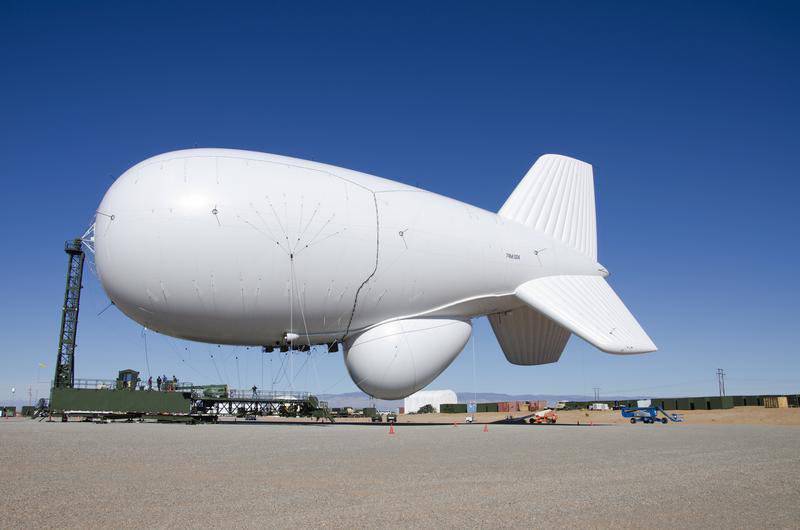
Balloon JLENS at the White Sands range in New Mexico. The complete system consists of two balloons, one with a surveillance radar, and the other with a radar fire control. Over the past three years, he has confirmed his ability to counter a wide range of air, surface and surface threats.
The next event was announced in January 2013. It was a demonstration of the simultaneous operation of several sensors, in which the Multi-Spectral Targeting System (MTS-B) optoelectronic station was used to monitor an imaginary terrorist laying a roadside bomb. At the same time, the radar tracked multiple ground targets. Successful demonstration allowed to work on the further integration of these sensors. Later, the system continued to detect and track four ballistic layouts during the acceleration phase, this achievement was announced in February 2013. During the preliminary tests at the customer, the soldiers of the American army launched it in several realistic scenarios and checked the duration of the system in the air for 20 days. In July, the 2013 of the year JLENS successfully launched an air-to-air mid-range forward-launched missile fired from the F-15E fighter on a mock-up anti-ship cruise missile.
If the JLENS system combines two radars worn by two balloons, then the Israeli company Aeronautics went the other way with its Persistent Surveillance System (PSS) continuous monitoring system, connecting the balloon with the mast. Aerostat of continuous monitoring Persistent Surveillance Aerostat (PSA) delivers its optical-electronic station to a height of 300 meters, which increases the range to 20 km. Persistent Surveillance Tower (PST) mast can raise an optoelectronic station and an optional radar to an altitude of up to 32 meters, increasing its range to 10 km in any weather. Software controls add metadata to the video, such as the sensor's field of view, distance to the target, and location. The Canadian Army has deployed a system in Afghanistan app; Rheinmetall acted as the main contractor for this program.
Special Sensors
While balloons successfully use sensors designed for other air systems, such as fixed-wing aircraft, helicopters, and UAVs, sensors designed specifically for balloons promise great opportunities. In 2009, the Israeli company Controp introduced the roll stabilization of its Speed-A system weighing 23 kg in order to counteract the lateral buildup of low-altitude balloons. The Canadian army became the first operator to install this system on board their own balloons RT SkyStar 300; then the system was bought by other operators from Europe, not to mention Israel. Presented to the general public at the Paris Airshow in 2013, the Speed-A features day and night cameras with continuous zoom lenses, an optional laser range finder and a laser pointer.
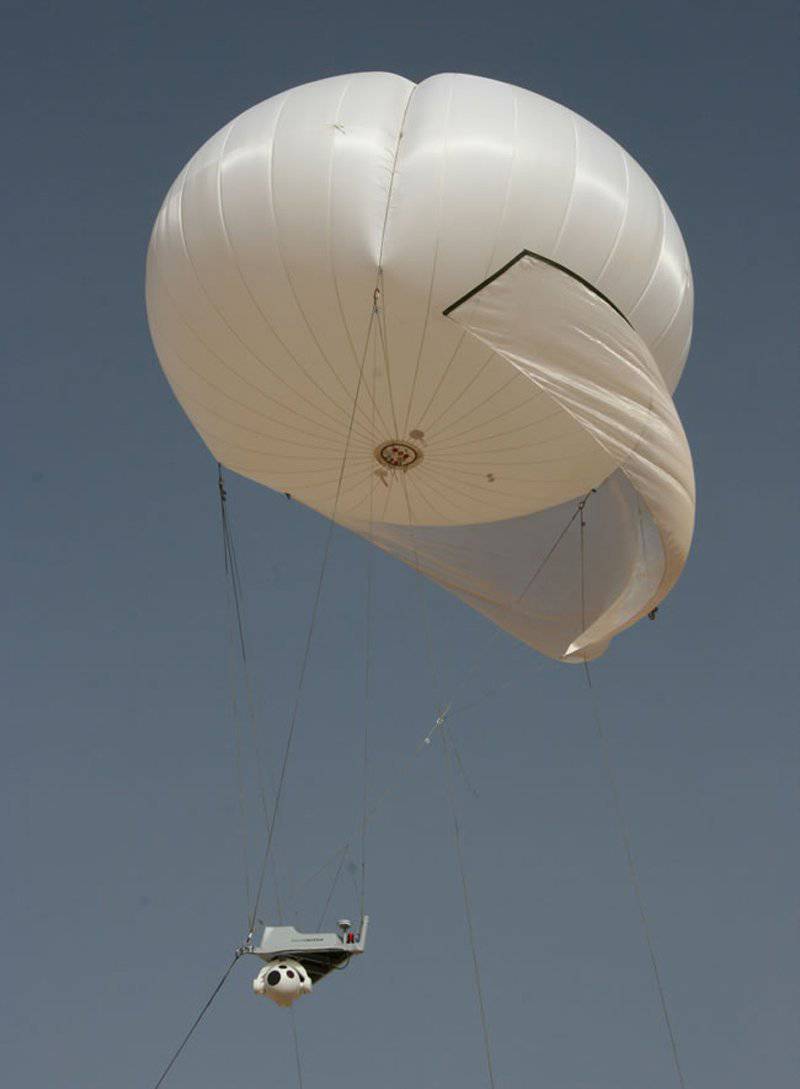
Skystar 180, created by the Israeli company Rtin, has a payload of 6,5 kg and can be prepared for launch from a small trailer within 15 minutes with a group of two people
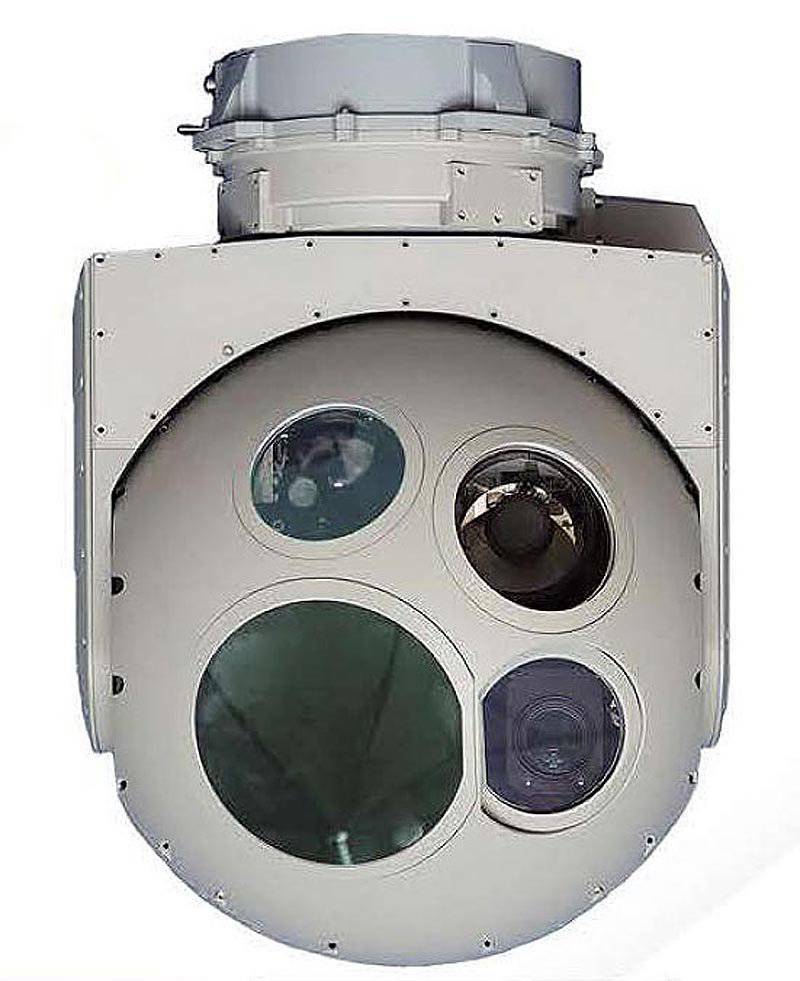
The new DSP-HD optoelectronic system from Controp with 27 kg mass is intended for installation on balloons, helicopters, light reconnaissance aircraft and UAVs. DSP-HD features a high-resolution color camera, an optical zoom camera, a black and white or color high-resolution tracking channel, an eye-safe laser range finder and a laser pointer / illuminator
The new system from Controp weighing 27 kg DSP-HD is designed not only for balloons, but also for helicopters, light reconnaissance aircraft and drones; The company announced it in April 2014. The DSP-HD has a high-resolution daytime color camera, an optical zoom in its imager, as well as a daytime black and white or color tracking channel, an eye-safe laser range finder, and a laser pointer / illuminator. Unlike Speed-A, the DSP-HD system does not have roll stabilization, but Controp claims that for high-altitude balloons there is no need for this function.
The US company Logos Technologies has applied a new approach to specialized sensors for balloons, focusing on a wide coverage optical-electronic coating. On-board systems often combine radar and optical sensors, the radar scans continuously around 360 ° and transmits a signal to the cameras for a thorough examination of the targets of interest. Logos redefined this with its Kestrel system, using a rotating optical-electronic station with infrared sensors in the mid-wavelength spectrum to collect images around what it describes as a “city-sized zone” with camera resolution optimized for detecting and tracking people and vehicles.
The company explained that the 68 kg system controls several “sentinel” containers, allowing operators to look at several areas of interest simultaneously with unlimited panning and digital zoom, in many ways contributing to improved overall situational awareness. When activity is detected in the selected camera, Kestrel sends a signal to the operator, who can respond by directing it to the high-resolution camera zone. The Kestrel system with its recording capabilities and interface with a geospatial information system Geospatial Information System can track targets in real time or their launch position. The Kestrel system, under the command of the aviation and sea systems command, has been deployed in Afghanistan since March 2012, and in the summer of 2014, "noted" 60000 operating hours in that country.
Small balloons
Smaller balloon systems are an area in which there is considerable potential for innovation and growth, due to the need for low-cost continuous monitoring systems that can be started, operated, returned by fewer people and transported by small machines. This is a competitive area in which companies such as the British Allsopp, the Israeli Elbit and RT, the American Aeroscraft Corporation ("Aeros"), the Lighter Than Air Systems and SkySentry work. They offer a growing range of newest aerostats and integrated systems and participate in various military operations and exercises.
At the end of March, 2014, the company Aeros announced the seventh order for its new, inexpensive, fast-deployable Sky Crow system. According to Mario Pantuso, senior military program manager, the company supplies the system to the Department of Defense for operations outside the United States, while noting the growth of the product line and the search for opportunities in the defense market. Sky Crow operates at an altitude of 300 meters and at wind speeds up to 40 nodes.
RT (a subsidiary of Aeronautics) announced in March 2014 of the year that it was named as a supplier of the SkyStar 180 system for the next development of methods of warfare of the expeditionary forces known as Spiral J. During this development, many new technologies were transferred to the soldiers the purpose of studying their potential, assessing the strength and weakness of these technologies. They also complement the Army Network Integration Evaluation (NIE) army assessment process. The testing of Spiral J activities with selected 83 technologies is scheduled for January-February 2015; Among its many goals, there is also the goal of improving small intelligence systems.
SkyStar 180 is based on a single-axle trailer that tows a civilian pickup. The balloon can lift up to 6,5 kg to an altitude of about 300 meters. It can work for three days, then drops to 20 minutes for re-inflation and then another three days can hang. It is controlled from a portable ground control station. Two people can inflate and run it within 15 minutes.
RT's systems have developed over half a million flight hours around the world. Along with Israel, the systems of this company are also operated in Africa, South America, North America, Afghanistan and the Middle East. According to the company's executive director, since 2002, in the Gaza Strip and Afghanistan, there have been regular attempts to shoot down balloons, but to no avail.
The local Israeli competitor is Elbit Systems, whose Oasis deployed aerostat observation system includes a MicroCompass optical-electronic and laser station that weighs less than 9 kg, a pump for pumping on a trailer, a ground anchor, a control station and a digital video recorder. As reported in Elbit's prospectus, the system can be deployed to the working height of 180 meters from a trailer in 20 minutes.
Lighter Than Air Systems (part of the World Surveillance Group) was invited to the NIE 14.2 evaluation, which took place in April and May 2014, with its two container systems BiB 250 “Blimp in a Box” (trailer). This invitation came after successfully participating in NIE 14.1, where they had the designation Winch Aerostat Small Platforms (Wasps). The BiB 250 system uses a Kingfisher balloon with a diameter of four meters, which can remain in the air for several days at an altitude of 300 meters with winds of 50 knots. Like SkyStar 180, it can be deployed in 15 minutes by two people. Kingfisher balloons have the shape of a spheroid, and below the fabric wing; These elements increase stability in strong and gusty winds and make balancing the system with the onboard equipment easier. A two-axis stabilized optoelectronic system with a mass less than 3,5 kg, similar to those installed on UAVs, is suspended below.
Unusual combination of the Swift high-speed vessel (HSV-2) of the Navy Naval Transportation Command and Raven Aerostar TIF-25K tied aerostat demonstrated its potential in combating illegal traffic and other transnational organized criminal activities at sea during Operation Martillo in the Caribbean in spring 2013.
21 January 2014, the company SkySentry announced the release of a new mooring platform for the line of its tactical balloons Tactically Expedient Aerostat (TEA). The autonomous platform developed over several years can serve balloons ranging from 34 to 75 m3, and can be placed on a flatbed trailer, truck, boat or ground platform; it is heavy enough to hold the balloon in place without additional anchoring.
SkySentry manufactures systems with a load capacity from 2 to 50 kg, which use Allsopp hybrid Helikite. Here aerostatic lifting force is provided by helium, and aerodynamic lifting force from the built-in kite. SkySentry says that the total lift, measured in kilograms, is about half the volume of aerostat in cubic meters in calm conditions and much more with constant wind. As stated, this combination provides the load capacity and height characteristics usually attributed to larger systems. For example, TEA-45 with a volume of 45 m X NUMX can lift about 3 kg to a height of 22 meters, providing an overview in direct line of sight at a distance of about 300 km; This balloon needs helium about every five to seven days. Two operators can run it within an hour and collect it in about 66 minutes.
Lighter than air systems are considered the oldest practical aviation technology, but they are still very far from “retirement”.
Materials used:
www.lockheedmartin.com
www.northropgrumman.com
www.islinc.com
www.rt.co.il
www.controp.com
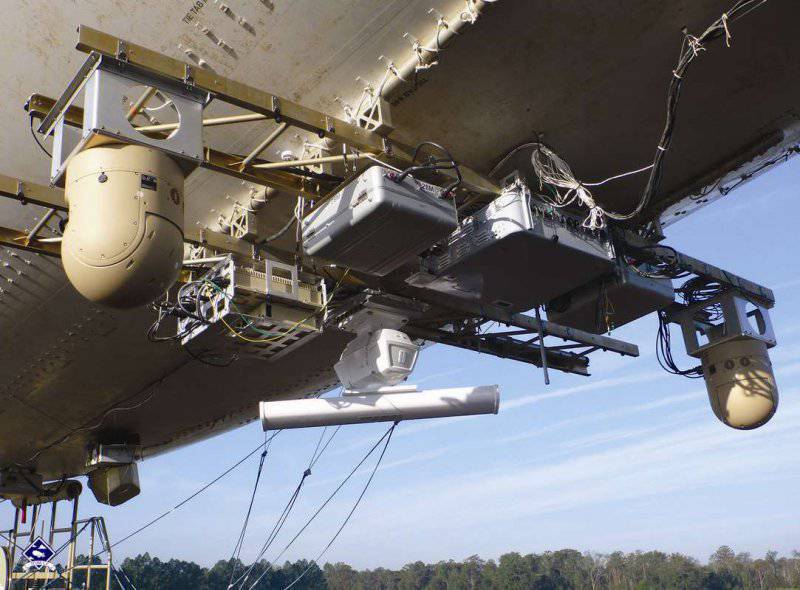
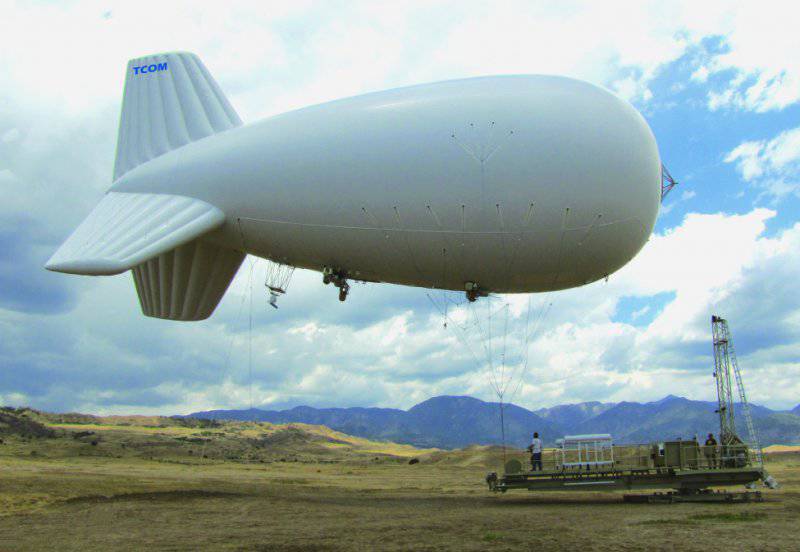
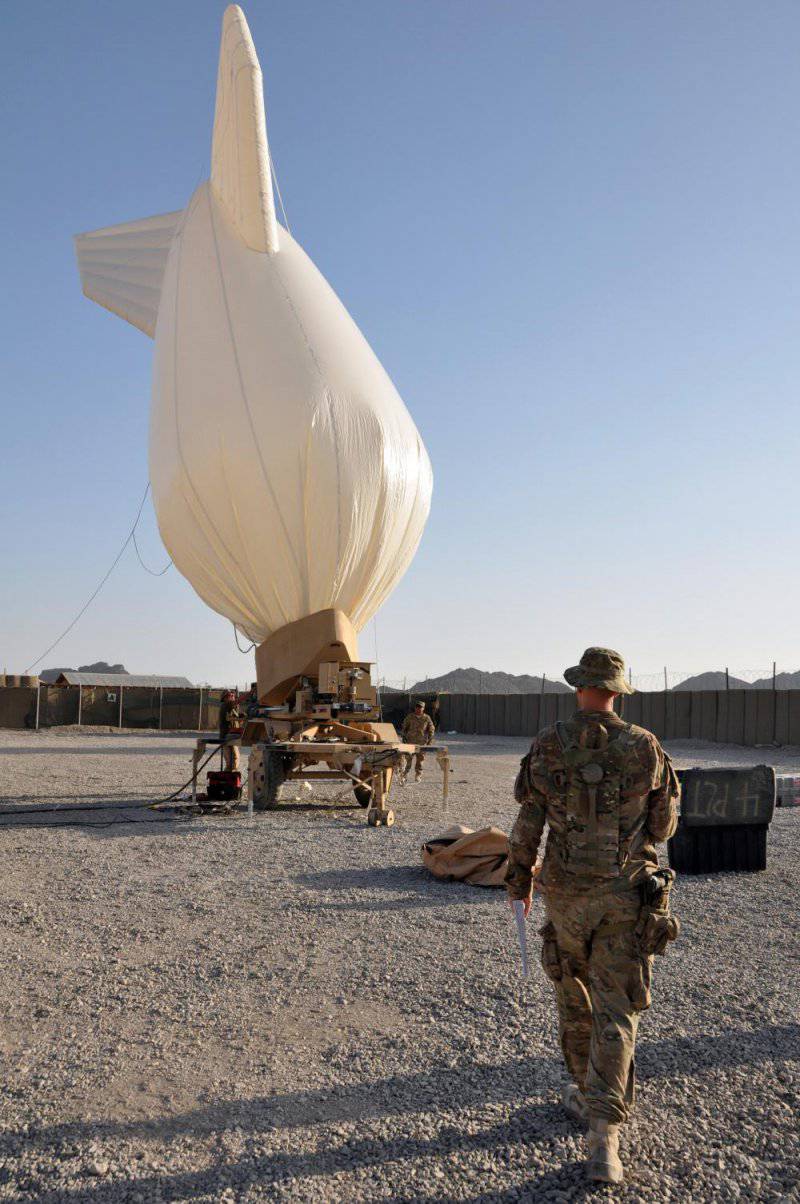
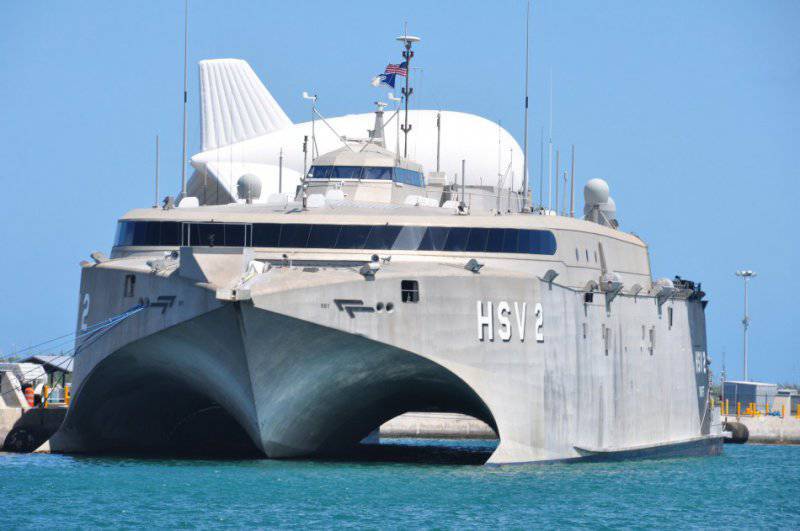
Information